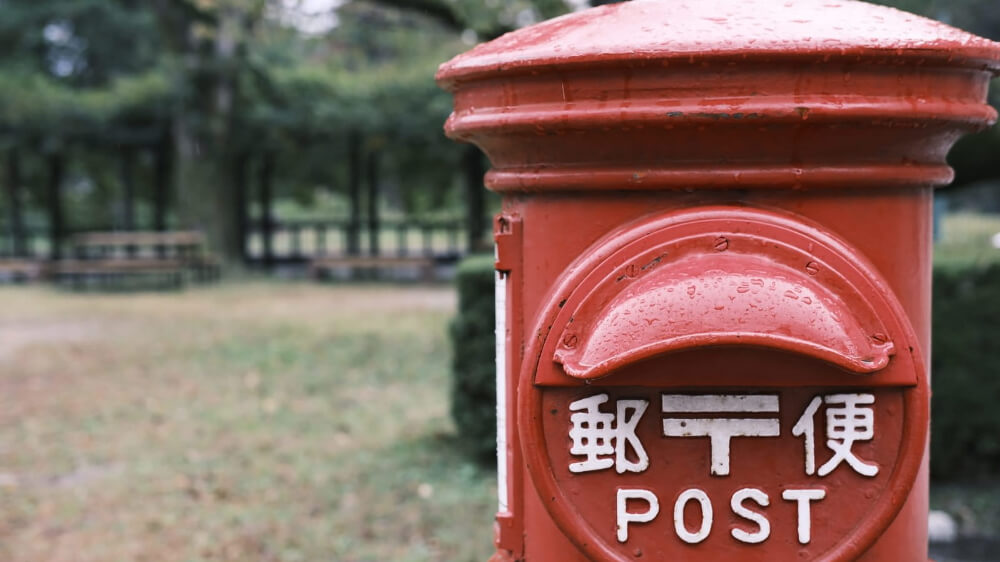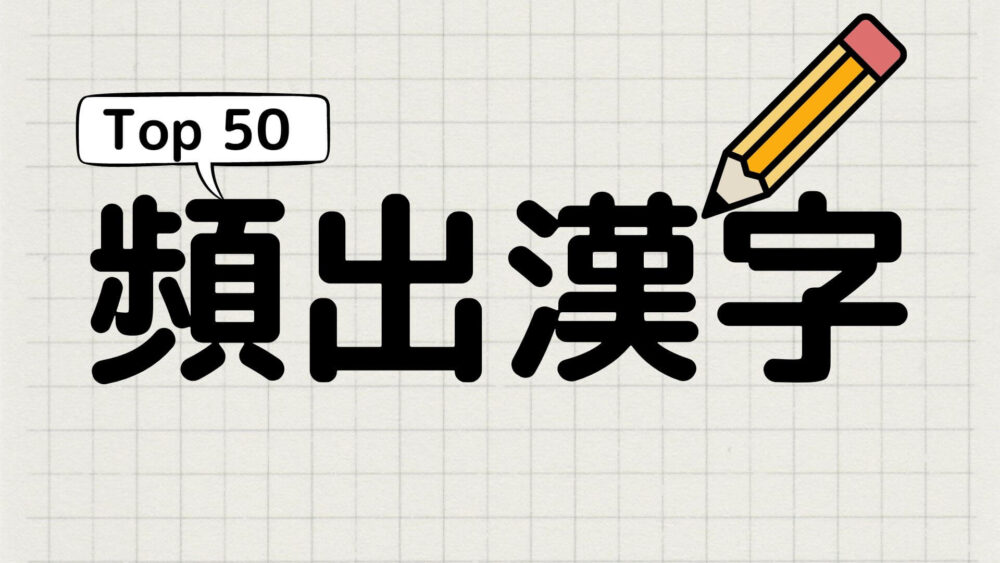Japanese postal service is known for its accuracy and reliability. However, the various pricing and options may seem complicated to expatriates in Japan. In this article, we’ll provide a detailed explanation of key points for foreigners using Japan’s postal service, covering everything from the overview of Japan Post to types of mail, pricing, shipping methods, and how to write an address in Japan.
*Prices and conditions shown in this article are based on October 2024. Please note that this information is subject to change without notice. For the latest and accurate information, please check the official website.
Overview of Japan Post Service
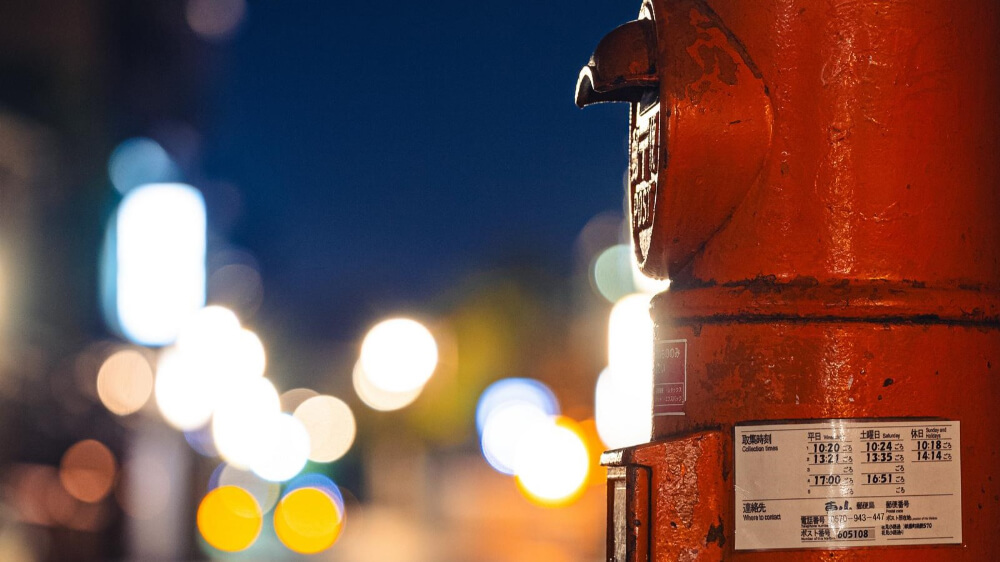
Postal Service in Japan
Japanese postal service maintains a high standard in terms of accuracy, safety, and convenience of delivery. Whether it’s domestic or international mail, except for special circumstances like natural disasters, parcels and letters are reliably delivered to specified locations on designated dates and times. Troubles such as damaged parcels upon delivery, which are common in other countries, are rare in Japan.
Location and business hours
With over 20,000 post offices nationwide, finding a post office in most areas of Japan is easy. Generally, post offices open around 9 am on weekdays and close around 5 to 7 pm.
Some post offices operate on weekends, and you might find counters called “Yu-Yu Madoguchi” that provide postal services during weekends, nights, or even for 24/7. Business hours may vary by the branch, so it’s recommended to check in advance on the official website.
Other services besides postal services
Japanese post offices provide various services beyond sending and receiving mail. Most post offices have banking and insurance services where you can conduct savings, currency exchange, payments for public utilities and taxes, as well as purchase insurance and investment products.
How to Send and Receive Mails

In Japan, besides post offices, you can send and receive mail from various locations. Below are the common steps taken at each location. Note that procedures may vary depending on the type and size of the mail.
At the post office
Sending
- Preparation: Ensure your parcel is properly packed and the recipient’s address and name are clearly written.
- To the post office: Take it to the nearest post office counter.
- Procedure: Verify the size, weight, shipping method, and any additional options for your parcel, and proceed with payment.
- Get a receipt: Once the shipment is processed, you’ll receive a receipt or tracking number.
Receiving
- Notified: You will receive a notification from the post office regarding incoming mail.
- To the post office: Visit the nearest post office within the specified time frame.
- Verification: Present the notification and/or your ID to the counter staff to collect your mail.
At home
Not only can you receive parcels at home, but you can also send mail from home. For international shipments, you can also request home pickup, but you need to prepare customs declaration forms in advance.
Sending
- Preparation: Pack your parcel carefully and ensure the recipient’s address and name are clearly written.
- Requesting pickup: Arrange pickup online or by phone. If you don’t have a shipping label, mention it when arranging pickup. Same-day pickup may be available if requested in the morning.
- Get a receipt: Hand over your parcel to the postal worker on your requested day, make the payment in cash, and receive a receipt or pickup ticket.
Receiving
Postcards and small parcels are usually dropped into the mailbox, while larger parcels and important documents are delivered in person. If you know in advance when the parcel will arrive, you can specify the delivery date and time online or by phone. In the case of absence, a notice of absence will be left, and you can arrange for re-delivery later.
At convenience stores
Many convenience stores in Japan are affiliated with post offices and provide services for sending and receiving mail.
Sending
- Preparation: Properly pack the parcel you want to send and clearly write the recipient’s address and name.
- Procedure: Get a shipping label at the cashier and fill it out. Once prepared, hand over the parcel and the shipping label to the staff and pay the fee.
Receiving
- Preparation: To receive mail at a convenience store, you need to create a postal ID online and opt for e-notification.
- Notified: Upon receiving a e-notification, specify the location where you’d like to pick up the parcel.
- Procedure: Present the pickup bar-code at the convenience store’s cashier or hand over the pick-up ticket issued from the store’s machine after entering the inquiry number.
Using mailboxes
Mailboxes can be found in many places such as post offices, convenience stores, stations, and along streets. You can utilise these mailboxes to send thin documents, books, postcards, etc.
Sending
- Preparation: Place the mail in an appropriate envelope, write the address and postal code, and affix a stamp.
- Deposit: Drop the mail into the nearest mailbox.
Optional Services

You can add convenient options to regular mailings, usually incurring additional charges for these services.
- Express: A service for faster delivery than regular mail. Suitable for urgent or time-sensitive mail.
- Cash on delivery: A payment method where the recipient pays the shipping fee. You must obtain the recipient’s consent to pay the shipping fees and charges in advance.
- Tracking: A service to track the delivery status and expected delivery date online. Depending on the mailing method, tracking may be included in the base rate or this option may not be available.
- Insurance: A service that provides compensation up to a certain amount in case of loss or damage to the mail.
- Registered mail: Adds tracking to the mail and obtains the recipient’s signature upon delivery.
- Chilled delivery: A service used for sending items requiring refrigeration or freezing.
Shipping Types and Prices
Rates have been revised in October 2024
Domestic Mail
| Type | Max Size | Max Weight | Delivery | Tracking | Price |
|---|---|---|---|---|---|
| Postcards | Postcard size | – | 2-3 days (excl. weekends) | × | ¥85 |
| Letters (standard) | W12cm L23.5cm D1cm | 50g | 2-3 days (excl. weekends) | +¥160 | ¥110 |
| Letters (non-standard) | H+W+D= 90cm | 1kg | 2-3 days (excl. weekends) | +¥160 | ¥140-750 |
| Clickpost | W25cm L34cm D3cm | 1kg | 1-2 days | 〇 | ¥185 |
| Smart letter | W17cm L25cm D2cm | 1kg | 2-3 days (excl. weekends) | × | ¥210 |
| Letter Pack Light | W24.8cm L34cm D3cm | 4kg | 1-2 days | 〇 | ¥430 |
| Letter Pack Plus | W24.8cm L34cm | 4kg | 1 day | 〇 | ¥600 |
| Yu-Packet | H+W+D= 60cm (T3cm) | 1kg | 1-2 days | 〇 | ¥250-360 |
| Yu-Pack | H+W+D= 170cm | 25kg | 1-2 days | 〇 | ¥820-5,090 |
※Rates are based on March 2024.
- はがき (hagaki) – Postcards: As long as it’s the designated postcard size, you can send it with a flat rate nationwide, not necessarily those sold at the post office.

- 手紙 (tegami) – Letters (standard, non-standard size): Rates for relatively small items such as letters in envelopes or small packages. Rates vary based on weight for both standard and non-standard mail.
- クリックポスト ‐ Click-post: A service that enables you to resister online, print the issued shipping label, affix it to your envelope, and send it from a postbox. It provides tracking services and fast delivery, making it ideal for sending books, clothing, etc.
- スマートレター – Smart Letter: You can write the recipient’s address and name on a special package purchased at the post office or convenience store, and drop it directly into the mailbox. If tracking is unnecessary, it should be the cheapest and easiest mailing method.
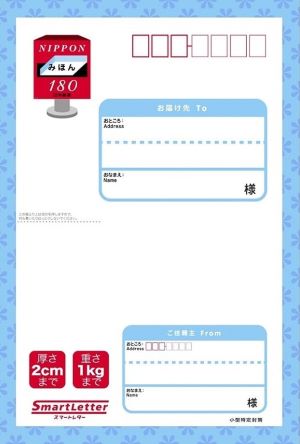
- レターパック – Letter Pack: Like Smart Letter, this is a mailing method that utilizes a special package purchased at the post office or convenience store, but it includes tracking services. Letter Pack Light has a thickness limit of 3cm and is deposited into the mailbox. Conversely, Letter Pack Plus has no thickness limit if it fits in the package and is delivered in person.
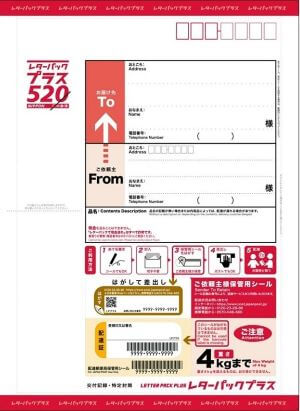
- ゆうパケット – Yu-Packet: An affordable service for sending small items or documents, equipped with tracking service. Since there’s no designated package, the sender needs to prepare an envelope or a box. It’s divided into three pricing tiers based on weight.
- ゆうパック – Yu-Pack: A service for sending large or heavy parcels, with rates varying based on the size and destination. You can add options such as cash on delivery, chilled delivery, damage insurance, and specified delivery time.
International Mail
There are mainly four types of international mail: EMS (Express Mail Service), International Parcel Post (airmail, surface mail), Small Packet and post-cards. These methods have different characteristics and are chosen based on the purpose, weight, and delivery time. Also, depending on the mailing method, there may be differences in allowable contents, so it’s essential to confirm in advance.
※Some countries may still experience significant delays due to the ongoing COVID-19 pandemic.
| Type | Max Size | Max Weight | Delivery | Tracking | Price |
|---|---|---|---|---|---|
| EMS | H+W+D= 300cm ※Exceptions apply | 30kg ※Exceptions apply | 2-4 days | 〇 | 2kg: ¥3,400-¥8,100 10kg: ¥10,600-¥29,700 |
| Parcel Post (Airmail) | H+W+D= 300cm ※Exceptions apply | 30kg ※Exceptions apply | 3-6 days | 〇 | 2kg: ¥2,750-¥7,250 10kg: ¥8,350-¥28,850 |
| Parcel Post (Surface Mail) | H+W+D= 300cm ※Exceptions apply | 30kg ※Exceptions apply | 1-3 months | 〇 | 2kg: ¥2,200-¥3,400 10kg: ¥5,400-¥9,000 |
| Small Packet | H+W+D= 90cm | 2kg | 5-12 days | × | 2kg: ¥2,250-¥5,490 |
| Postcards | Postcard size | – | 5-12 days | × | ¥100 |
※Rates are based on March 2024.
- EMS: The fastest and most reliable international mail service. Ideal for sending urgent parcels or important documents. It includes tracking and compensation for damages and can also handle refrigerated items as a cool delivery service.
- 航空便 (kouku-bin) – Airmail: The next fastest delivery method after EMS. Takes an additional 2-3 days compared to EMS. Rates vary based on weight and destination country.
- 船便 (funa-bin) – Surface mail: The slowest but most economical option for international mail. Suitable for sending large parcels. When sending packages to distant regions like Europe or the American continent, surface mail can be 2-3 times cheaper than airmail.
- 小型包装物 (kogata-housoubutsu) – Small Packet: It has weight restriction of 2kg, and no tracking service is provided, but they are sent by airmail at similar costs to surface shipping.
- はがき (hagaki) – Postcards: Postcards have a flat rate of ¥100 worldwide.
Writing Addresses in Japan
The standard format for writing addresses in Japan is as follows:
〒[Postal Code] [Prefecture Name] [City/Town/Village Name] [Block/Street Name] [Building ] [Room Number]
For example, the address for Dango #18, 1-2-3 Shibuya, Shibuya-ku, Tokyo would be written as:
(In Japanese)
〒111-2233 東京都 渋谷区 渋谷 1-2-3 だんごアパート 18号室
(In English)
〒111-2233 Tokyo, Shibuya-ku, Shibuya, 1-2-3, Dango apartment, Room 18
The name is usually written in the vertical center of the postcard or package, larger than the address.
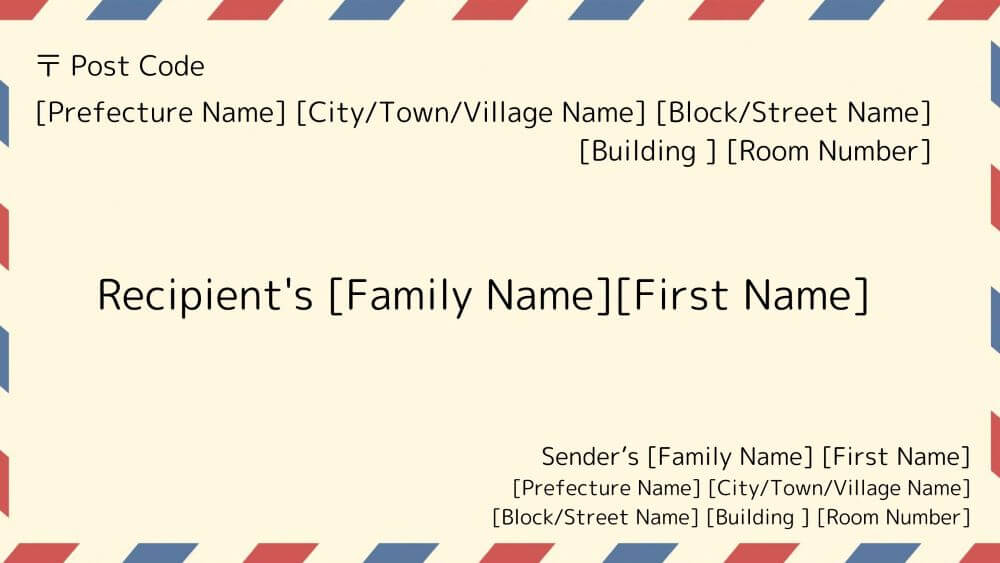
Japan’s postal service is highly convenient and reliable once you understand how to use it. From domestic to international mail, there are various rates and methods of mailing, with abundant options like tracking and insurance. Since rates and delivery methods may change, it’s important to check the official website for the latest information.
